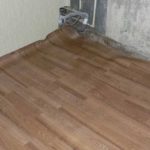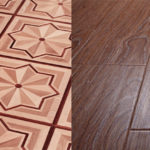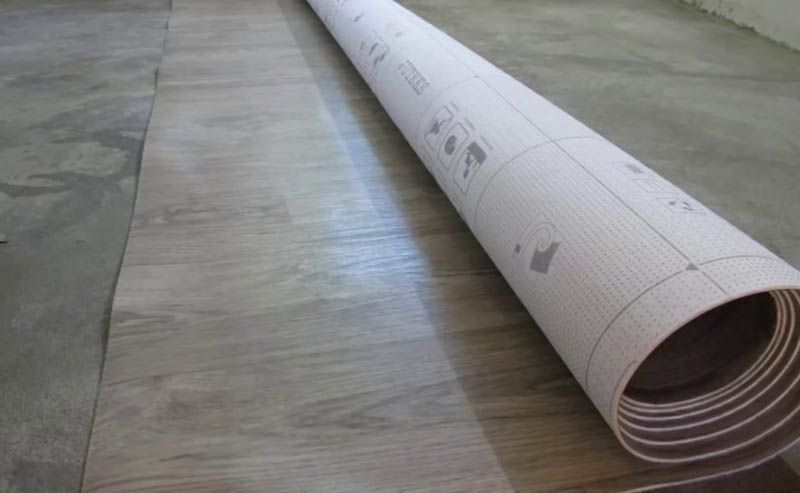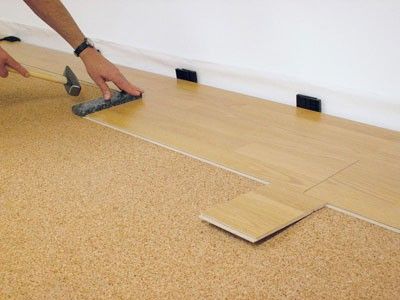Can linoleum be stored in the cold?
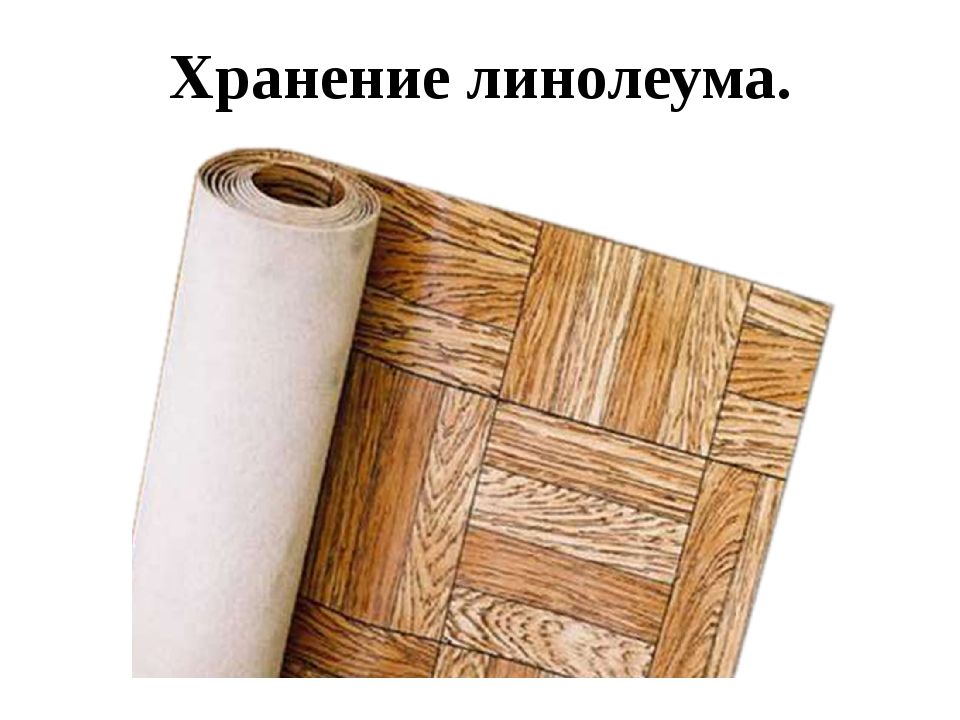 The issue of proper storage of linoleum has always bothered its owners. Often the quality of the entire complex of repair work performed depended on this. And if you don’t make glaring mistakes, then there shouldn’t be any problems here, and the source material will serve as an excellent coating for the floor surface.
The issue of proper storage of linoleum has always bothered its owners. Often the quality of the entire complex of repair work performed depended on this. And if you don’t make glaring mistakes, then there shouldn’t be any problems here, and the source material will serve as an excellent coating for the floor surface.
The content of the article
Can linoleum be stored in the cold?
To store linoleum, it is very important to maintain a certain temperature regime. Usually it fluctuates between + 15-20 degrees. But the room itself in which this flooring is stored must be dry. Therefore, it is not recommended to store traditional linoleum in the cold, because in such an environment the material will deteriorate quite quickly.
Reference! But there are always exceptions to the rules, so in modern realities certain types of models are produced that are resistant to moisture and condensation.
It is also worth considering the important circumstance that linoleum is placed for long-term storage exclusively in a vertical position. It can lie in a horizontal position for no more than 10 days. You should also carefully ensure that kinks do not form on the roll.
If linoleum is exposed to direct sunlight, it will certainly fade over time.You should also make sure that it is located as far as possible from various heating devices (stoves, radiators, air conditioners). And the contact of chemical reagents on such a surface is fraught with its premature deterioration, so this synthetic coating cannot be preserved in laboratories.
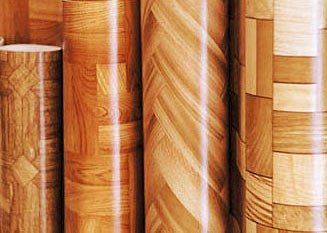
How to store linoleum at sub-zero temperatures
Only special frost-resistant linoleum can be stored in a cold environment. Therefore, at sub-zero temperatures it is permissible to preserve the type of material that will be resistant to cold.
The main features of such frost-resistant flooring are as follows:
- has a double base, which increases its strength;
- equipped with a thick protective layer;
- very resistant to moisture;
- does not deteriorate during operation of heating systems.
Frost-resistant linoleum can be used both in the house, in the hall, and in garden areas. It is able to easily withstand negative air temperatures, while maintaining all its previous properties. And on the balcony this material will be the most popular in terms of flooring. Its undoubted advantage is the fact that it does not weigh down the balcony structure (which cannot be said for tiles or concrete screed), but this floor will always be ready for temperature changes.
In terms of decor, frost-resistant floor coverings are in no way inferior to traditional ones, so you can consider this type of linoleum for your dacha. Moreover, the choice is also very wide. Manufacturers decorate their products in the most unusual colors, applying magnificent ornaments to them.
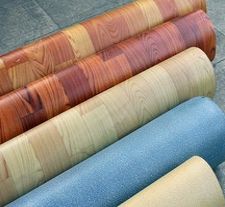
What damage can be caused to the material by improper storage?
However, if you do not take precautions when storing such a building component, it can quickly become unusable. If there is an excess of moisture (if the material is not moisture resistant), mold and dark spots will form on it, and active daylight from the sun will cause its natural color to fade.
Attention! If linoleum is stored in a vertical position for a long time, it will also become deformed. The structure of the component becomes wavy and unsuitable for subsequent practical use.

It is worth unpacking purchased rolls when the ambient temperature is appropriate (this is about +15 0 WITH). Moreover, it is best to carry out such actions after 48 hours from the moment of their immediate purchase and transfer to the appropriate premises. The maximum shelf life is 1 year, during which the material must be used strictly for its intended purpose.

